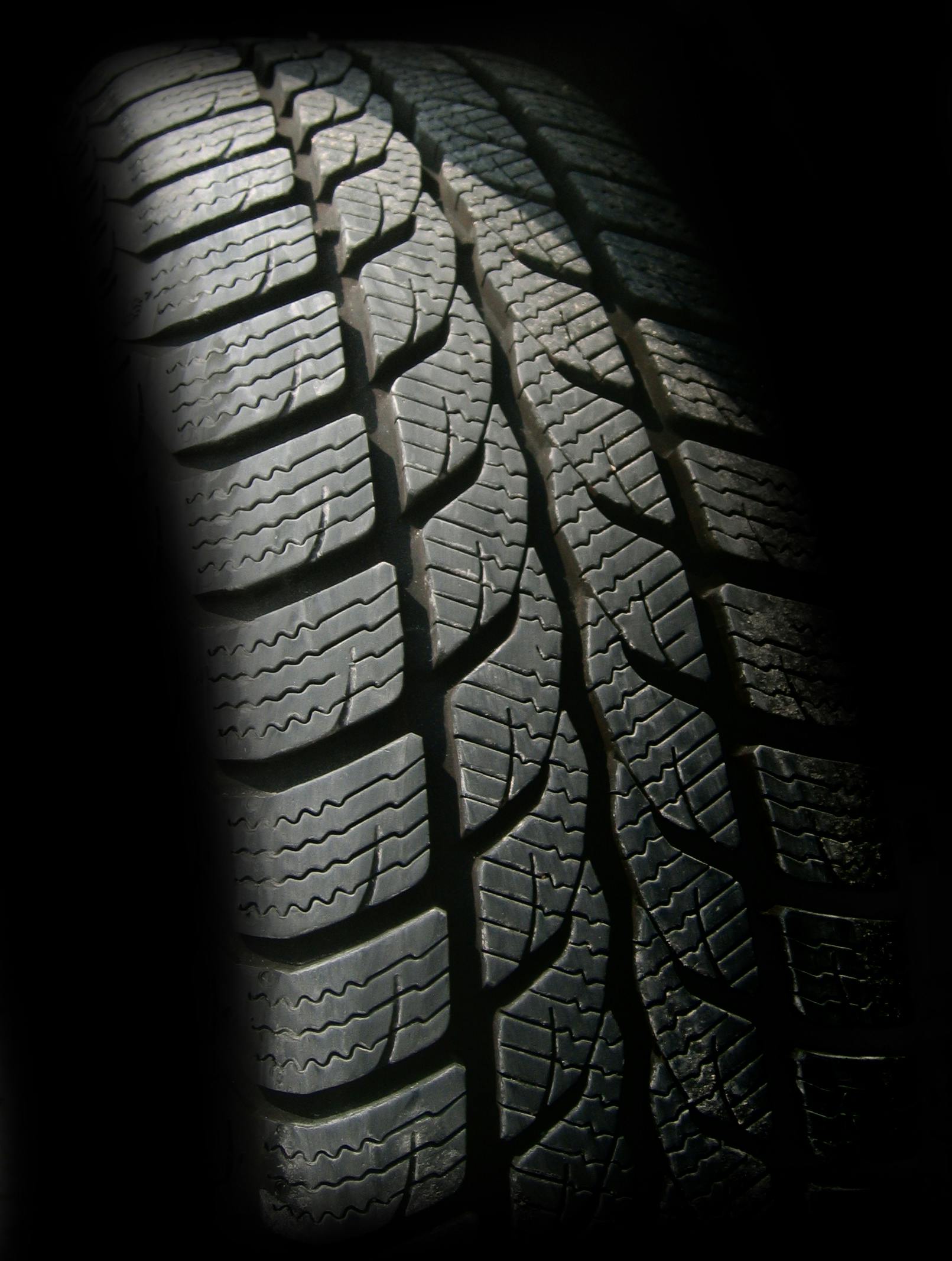The Unsung Hero of Automotive Safety: Run-Flat Tires
Imagine cruising down a highway at 70 mph when suddenly your tire pressure warning light flashes. You've got a flat, but instead of panicking, you keep driving. Welcome to the world of run-flat tires, an often overlooked yet revolutionary technology in automotive safety and convenience.

The Birth of Run-Flat Technology
The concept of run-flat tires dates back to the mid-20th century, with early attempts focusing on military applications. The need for vehicles to continue operating even after sustaining damage in combat scenarios drove the initial development. However, it wasn’t until the 1980s that run-flat technology began to make its way into consumer vehicles.
Early iterations of run-flat tires were bulky, expensive, and offered a harsh ride quality. They relied on reinforced sidewalls to support the vehicle’s weight when tire pressure was lost. Despite these drawbacks, manufacturers recognized the potential benefits and continued to refine the technology.
How Run-Flat Tires Work
At their core, run-flat tires are designed to maintain their shape and support the vehicle’s weight even when they lose air pressure. There are two main types of run-flat systems:
-
Self-supporting system: This is the most common type. The tire’s sidewalls are reinforced with extra-strong rubber compounds, allowing them to bear the vehicle’s weight without air pressure.
-
Support ring system: Less common but equally effective, this system uses a ring of hard rubber or another rigid material inside the tire to support the vehicle’s weight when pressure is lost.
Both systems allow the vehicle to continue driving for a limited distance (usually around 50 miles) at reduced speeds (typically up to 50 mph). This gives drivers ample time to reach a safe location for tire replacement or repair.
The Evolution of Run-Flat Performance
Early run-flat tires were notorious for their stiff ride and increased road noise. However, continuous development has led to significant improvements in comfort and performance. Modern run-flat tires utilize advanced rubber compounds and innovative structural designs to provide a ride quality comparable to standard tires.
One notable advancement is the use of nano-particle technology in tire compounds. These microscopic particles help distribute heat more evenly across the tire, reducing the risk of structural failure during run-flat operation. This technology has also contributed to improved tread wear and overall tire longevity.
Integration with Vehicle Systems
Run-flat tires don’t work in isolation. They’re part of a sophisticated system that includes tire pressure monitoring systems (TPMS) and specialized suspension tuning. TPMS alerts drivers to pressure loss, crucial for run-flat operation as the tires may not visibly appear flat.
Vehicle manufacturers have also adapted suspension systems to complement run-flat tires. This includes adjustments to spring rates and damper settings to compensate for the tires’ stiffer sidewalls, ensuring a balance between safety and comfort.
The Safety Advantage
The primary benefit of run-flat tires is enhanced safety. By eliminating the need for immediate roadside tire changes, they reduce the risk of accidents caused by stopping on busy highways or in unsafe areas. This is particularly valuable for solo drivers, those in unfamiliar locations, or during inclement weather.
Moreover, run-flat tires improve vehicle stability during sudden pressure loss. Unlike conventional tires, which can quickly deflate and potentially cause loss of control, run-flats maintain their shape, allowing for more predictable handling even when compromised.
Environmental and Space-Saving Benefits
Run-flat technology offers environmental advantages by eliminating the need for a spare tire. This reduces vehicle weight, improving fuel efficiency and reducing emissions. The absence of a spare tire also frees up valuable cargo space, a significant benefit in smaller vehicles.
Some manufacturers have taken this a step further by developing airless tire concepts based on run-flat principles. These tires use flexible spokes instead of air to support the vehicle’s weight, potentially eliminating punctures altogether and further reducing environmental impact.
Challenges and Future Developments
Despite their advantages, run-flat tires face challenges. They are typically more expensive than standard tires and may have shorter tread life. Additionally, not all tire shops are equipped to repair or replace run-flat tires, which can be an inconvenience for some drivers.
Looking ahead, tire manufacturers are focusing on addressing these issues. Research is underway to develop run-flat tires with longer tread life and improved repairability. Some companies are exploring self-healing rubber compounds that can automatically seal small punctures, further enhancing the longevity and reliability of run-flat technology.
The Road Ahead for Run-Flat Technology
As vehicle design continues to evolve, run-flat technology is poised to play an increasingly important role. The push towards electric and autonomous vehicles presents new opportunities for integrating run-flat systems. For instance, the weight savings from eliminating spare tires could help offset battery weight in electric vehicles, potentially increasing range.
In the realm of autonomous vehicles, run-flat tires could be crucial for ensuring uninterrupted operation and passenger safety. The ability to continue driving after a puncture aligns perfectly with the goal of creating reliable, self-sufficient autonomous transportation systems.
Run-flat tires represent a significant leap forward in automotive safety and convenience. From their military origins to their current widespread adoption in consumer vehicles, these tires have proven their worth on roads worldwide. As technology continues to advance, we can expect run-flat systems to become even more sophisticated, offering improved performance, durability, and integration with next-generation vehicles. The unsung hero of automotive safety is quietly revolutionizing our driving experience, one mile at a time.





